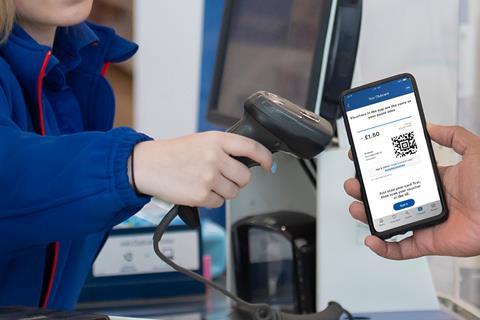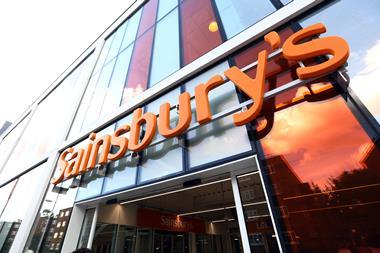
Loyalty schemes are rushing to offer deep price cuts to members. First came Tesco with its Clubcard Prices, followed by Co-op, Sainsbury’s and now Morrisons.
But there is a risk of these loyalty schemes having the opposite effect: disloyalty.
Deep promotional cuts in price have always been a legitimate part of the pricing mix for any retailer. That mechanic is not one of loyalty, though.
Take any category. frozen pizza, for example. If you price at £2 when the market is at £3, it’s clearly a message to attract price-sensitive shoppers. But when every retailer does the same, it trains the shopper to look out for those deals. When they find a £3 price, they simply don’t buy, and instead go to another retailer where they find the £2 offer.
Deep cuts can be category killers. As consumers shop around, the category becomes commoditised and devalued. Suddenly a manufacturer’s volume on promotion becomes 80% rather than 40%, and getting the value back into the category is impossible.
Member points collection, however, is a mechanic to keep shoppers coming back and avoids the shopper promiscuity created by high-low deals around the market. The first deep cuts offered by Tesco Clubcard worked for when it was alone in offering such deals, but as other retailers follow, shoppers will simply hold multiple cards. Their promiscuity is being incentivised instead of loyalty.
Retailers therefore need to fully maintain their points in addition to the targeted deep cuts, but we have seen points investment drop. Suppliers should think very carefully before funding these membership promotions. Any thought that they are exclusive and the category value can be maintained is now disappearing. Suppliers could be engaging in the commoditisation of their own category.
The original reason for pushing everything through Clubcard in Tesco, of course, was for the data to digitise buying and promoting decisions. A common gripe among suppliers who fund the promotions generating that data is that it is then sold back to them. I think that’s fair. The retailer data is category-wide, showing uplifts, switching, retention, repurchase. It’s so much more valuable than individual suppliers’ sales data.
That is why retailers can sell it, and if it’s only for the supplier’s interest, then they should have to pay. If suppliers want the data for free, they need to persuade retailers of their expertise in turning it into mutually beneficial growth insights. When you demonstrate a capability to return with category-driving strategies, you’d be amazed how negotiable data access becomes.
With that data, ironically, the first bit of category-building advice you’d hand back would be to stop deep price cutting, as it kills the category value as well as retailer loyalty.
Recognise price cuts as the blunt instruments they are and rename loyalty schemes: they are now simple promotion clubs.
Have your say
The Grocer wants to hear from you about this article and the topics raised in it. If you would like to submit your opinion to be considered for publication in our letters section, get in touch at youropinion@thegrocer.co.uk



















No comments yet